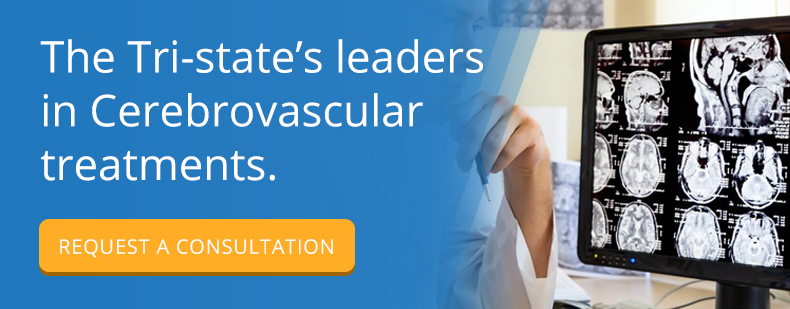Over time, your carotid artery (located at the front of your neck) can accumulate plaque which narrows the pathway. When this happens, your doctor will may recommend that you undergo a procedure called carotid endarterectomy. This procedure involves making an incision in the artery and removing the accumulated plaque.
Many patients, understandably, want to know about the risks of having a carotid endarterectomy performed. While there are some carotid endarterectomy risks, the benefits outweigh them greatly.
Common Carotid Endarterectomy Risks
Common risks associated with carotid endarterectomy include:
Strokes and Mini Strokes
People undergoing carotid endarterectomy face a slight risk of a stroke. This complication affects about one to two percent of people who have not had a stroke before surgery.
To counter this risk, your surgeon may place a shunt into your artery during surgery to redirect blood from the surgery site to your brain to ensure that your brain receives adequate blood flow during the procedure. You may also be prescribed an anticoagulant medication before surgery to reduce the likelihood of blood clots.
Heart Attack
Surgery can cause a considerable amount of stress on the body, especially the heart. To reduce the risk of a heart attack, your medical team closely monitors your blood pressure and heart rate throughout the procedure and during your recovery in the hospital. If anything irregular is noticed with your heartbeat, your doctor and nurses will take the necessary steps to correct the problem.
Nerve Damage
The carotid arteries run through areas of the head and neck that contain highly sensitive nerves related to the functioning of the voice box, tongue and the movement of the neck and back. During surgery, those nerves may be damaged, causing either a temporary or permanent loss of some function in those areas.
Patients who experience nerve damage after carotid endarterectomy surgery may regain some functioning with the help of physical therapy and rehabilitation.
Restenosis, or the Redevelopment of Plaque
After a carotid endarterectomy, plaque can redevelop and create new blockages in the artery. Making lifestyle changes and following your doctor’s instructions can reduce the risk of new plaque buildup.
The Benefits of Carotid Endarterectomy Outweigh the Risks
Like any surgical procedure, carotid endarterectomy carries risks. But if your doctor has recommended the procedure, you probably have moderate to severe blockage of the carotid artery – 70 percent or more, which puts you at a much higher risk for a stroke or mini-stroke than a stroke complication from the procedure. Or, you may already have had a stroke, which led to the diagnosis of carotid artery narrowing.
Strokes can be life threatening. Those who survive a stroke, may experience serious symptoms that affect your cognitive and physical abilities, such as:
- Vision loss
- Memory and cognitive losses
- Paralysis
- Speech and language problems
- Coordination problems
- Changes in mood and personality
Having a carotid endarterectomy to clear the plaque blocking your artery can significantly reduce your risk of having a stroke and experiencing these kinds of symptoms.
Minimizing the Risks of Your Carotid Endarterectomy Procedure
There are several steps you can take both before and after your surgery to minimize the risks associated with the procedure.
Choose an Experienced Neurosurgeon
Selecting an experienced surgeon who specializes in vascular neurosurgery is one of the most important ways to reduce your risk of complications. A provider who is specializing in both vascular as well as neurosurgery is well equipped to deal with your carotid artery as well as with the brain and possible issues related to strokes.
Before you decide on a neurosurgeon, meet with him or her to discuss your options and any concerns you may have. Consider not only the neurosurgeon’s training and experience, but also bedside manner – you want to find a neurosurgeon that makes you feel as comfortable as possible.
Make Healthy Lifestyle Changes
A poor diet, lack of exercise and smoking can contribute to carotid artery disease and plaque buildup. Before your procedure, take steps to stop smoking, adopt healthier eating patterns and get plenty of exercise. Continue these new patterns after surgery to reduce the risk of restenosis, or new plaque formation.
Follow Your Doctor’s Instructions
Be sure to carefully follow all instructions your doctor gives you both before your carotid endarterectomy procedure and after. Take all medications as prescribed and schedule all follow-ups as recommended. Discuss any concerns you may have with your care team.


